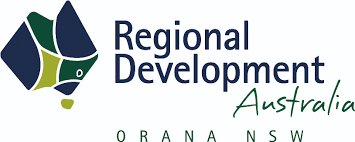Australia enhances Critical Minerals Lists to drive technological advancements and security
Australia has made significant updates to its lists of critical minerals and strategic materials, a move set to impact the country's technological, manufacturing, and defense sectors.

The Critical Minerals List, a compilation crucial for modern technologies, economies, and national security, has undergone expansion to include minerals like fluorine, molybdenum, arsenic, selenium, and tellurium.
These additions reflect their importance in cutting-edge technologies and the potential vulnerability to disruptions in the supply chain.
Helium has been removed from this list, a shift aimed at harmonizing Australia’s list with those of key international partners.
Meanwhile, the Strategic Materials List, designed to monitor minerals essential for global transitions and strategic applications, now comprises copper, nickel, aluminum, phosphorous, tin, and zinc.
While these minerals are vital, their supply chains currently don't meet the vulnerability criteria outlined for the Critical Minerals List.
This update follows Australia's Critical Minerals Strategy, released in June 2023. The Department of Industry, Science and Resources then performed meticulous analysis, utilizing the latest data from Geoscience Australia, extensive consultations with industry stakeholders, peak bodies, state and territory governments, and a public consultation phase to gather insights on an issues paper.
Submissions to the consultation focused on several main themes:
- Criteria for critical minerals. Stakeholders suggested this should include how important the mineral is to renewable energy and achieving net zero. Criteria should also consider a mineral’s potential for Australian industry and building on existing expertise.
- Proposed additions to the list. Stakeholders suggested adding certain minerals to the list.
- Multiple categories or lists. Many stakeholders said multiple lists could help differentiate minerals based on criticality, potential for Australian industry and need for targeted support.
- Reviewing the list. Many stakeholders suggested reviewing the list periodically. This would provide investment certainty while ensuring the list remains relevant. Some stakeholders also recommended reviewing the list in response to major market or other changes.
The process of refining these lists, by including additional critical minerals, and the separation of strategic materials for monitoring purposes, demonstrates Australia's commitment to staying abreast of evolving market dynamics while supporting the development and security of crucial resources.















